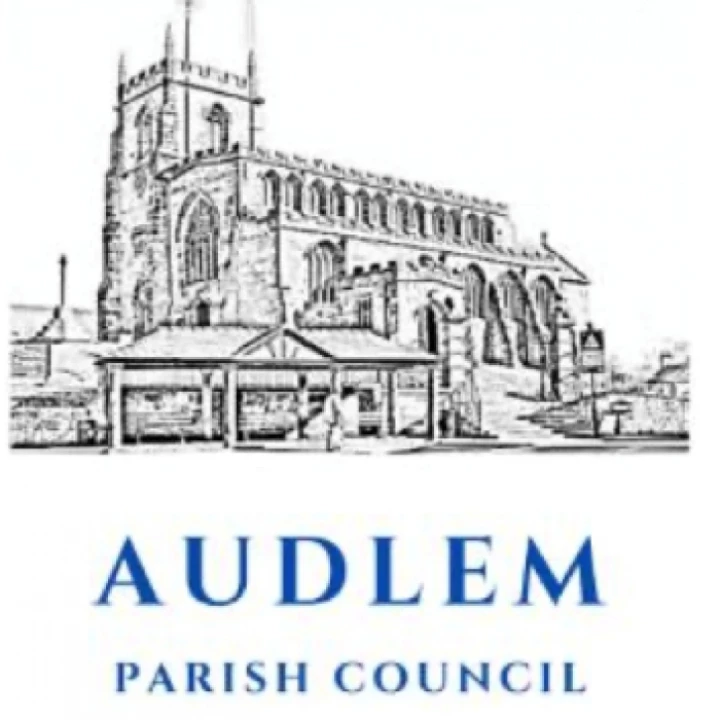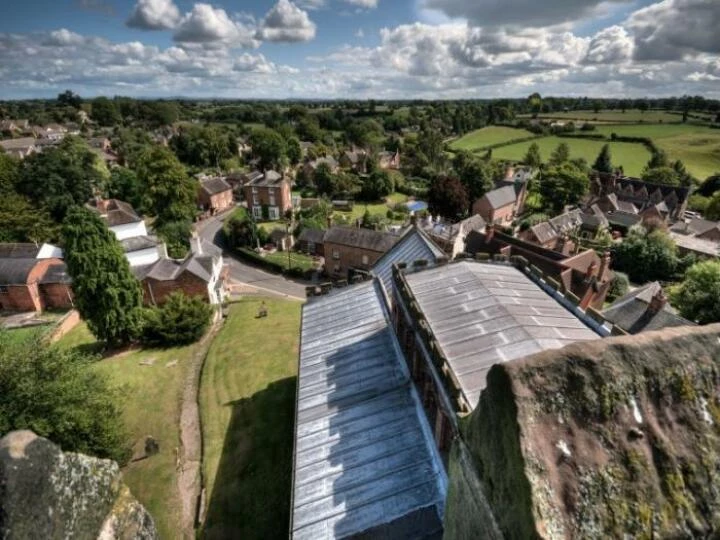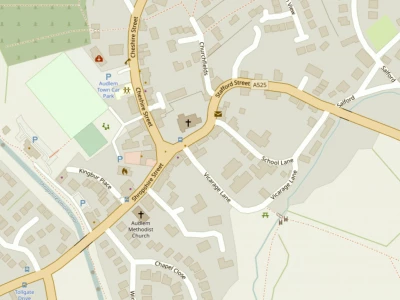







On 9th december 1952 clear skies returned to London following four days of dense fog in which the city's transport was brought to a standstill.
The atrocious conditions led to widespread disruption of rail, road and air services and affected shipping on the River Thames.
As freshening winds and milder temperatures dissipated the fog today London buses and coaches ran normally but still with some delays on the Southern Region railway.
The fog, which began on 5 December, also affected other areas of the south-east, with icy roads causing several road accidents. Ambulancemen and firemen had to walk ahead of their vehicles to reach those in need.
It also spread as far as northern France, Belgium and the Netherlands. A cross-channel ferry carrying 300 passengers from Folkestone to Calais was 15 hours late. The ship had to anchor off the French coast, unable to get into port due to poor visibility.
London Transport reported a virtual shutdown of its north-east London service and nearly all buses were out of action.
Only the London Underground was still running, but as buses stopped running once visibility was reduced to a few hundred yards this too became congested; at Stratford, on the Central Line, 3,000 people queued for tickets.
London Airport was also severely affected – BOAC reported just two departures and four arrivals yesterday. All other flights were diverted to Hurn, near Bournemouth and passengers were taken by train to Waterloo.
In the weeks following what became known as the Great Smog of 1952, it emerged that at least 4,000 people had died as a direct result of the weather. They were mostly the elderly, the very young and those with respiratory or heart problems.
The severe weather conditions led to a rise in crime as robbers used the cover of fog to break into houses and shops and attack and steal from Londoners making their way home in the darkness.
The main causes of the smog were by-products of coal-burning that had reached exceptionally high levels combined with high pressure, near-freezing temperatures and very light winds that meant the smog lingered for several days.
The authorities realised that drastic action was needed introduced the Clean Air Act in 1956.
This article is from our news archive. As a result pictures or videos originally associated with it may have been removed and some of the content may no longer be accurate or relevant.
Get In Touch
AudlemOnline is powered by our active community.
Please send us your news and views using the button below:
Email: editor@audlem.org


